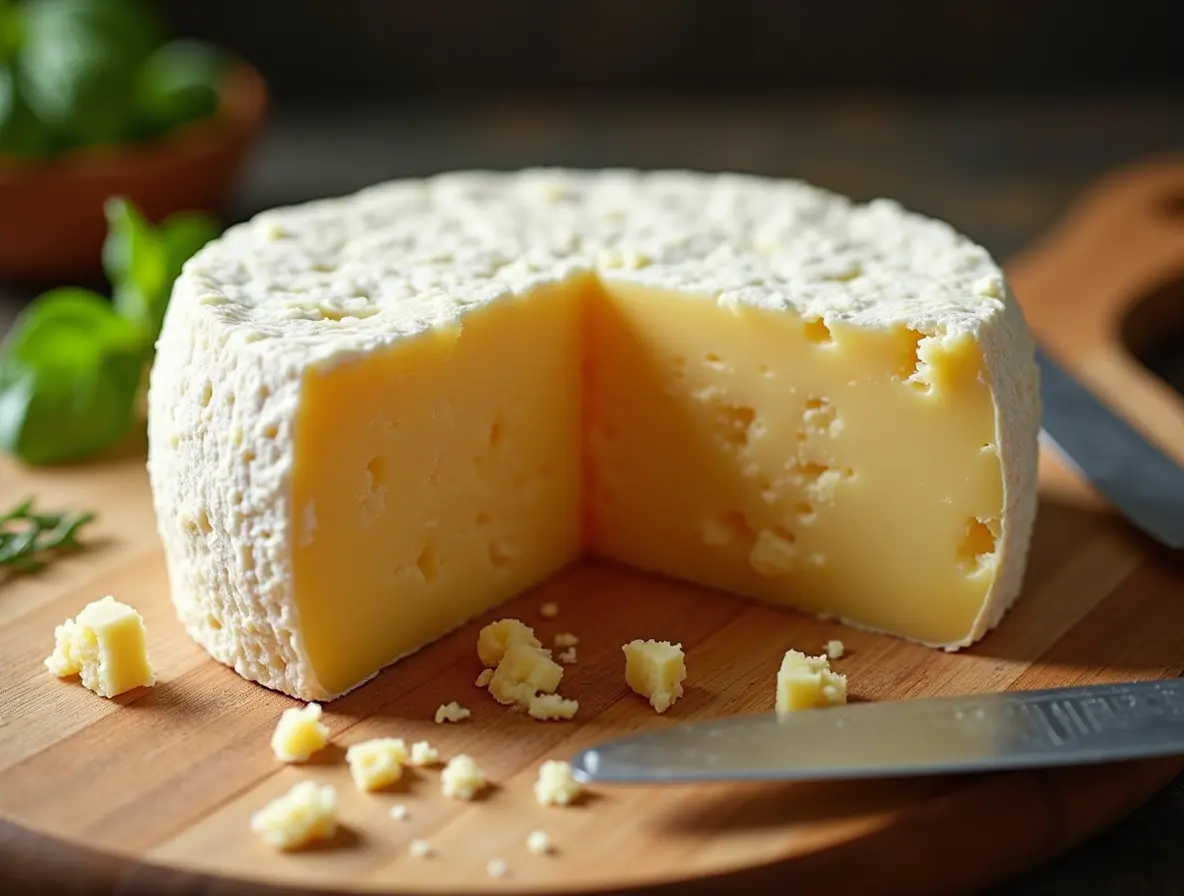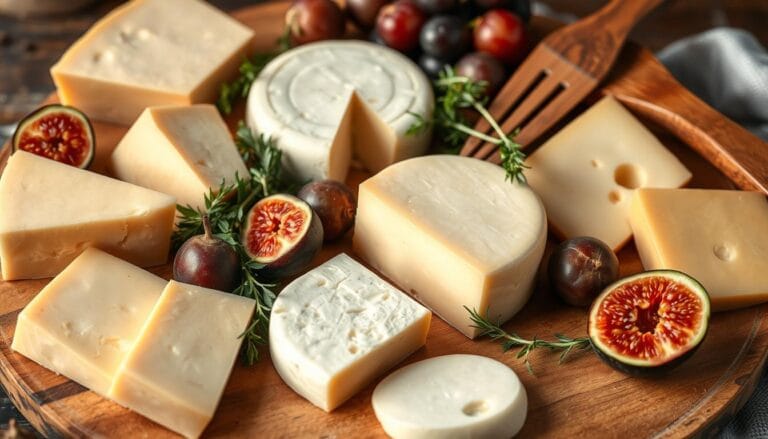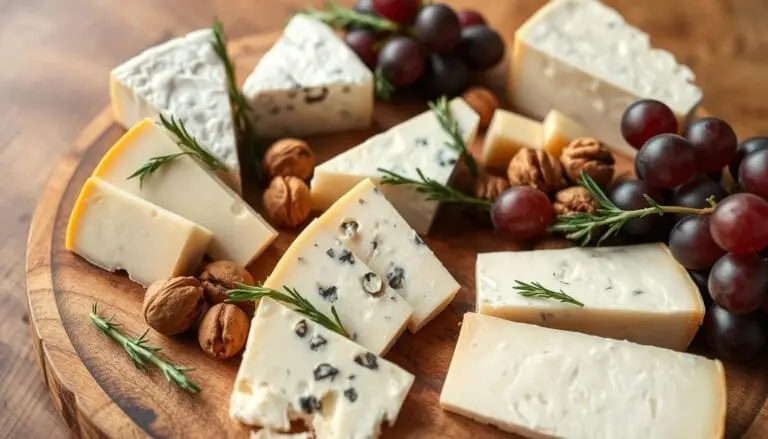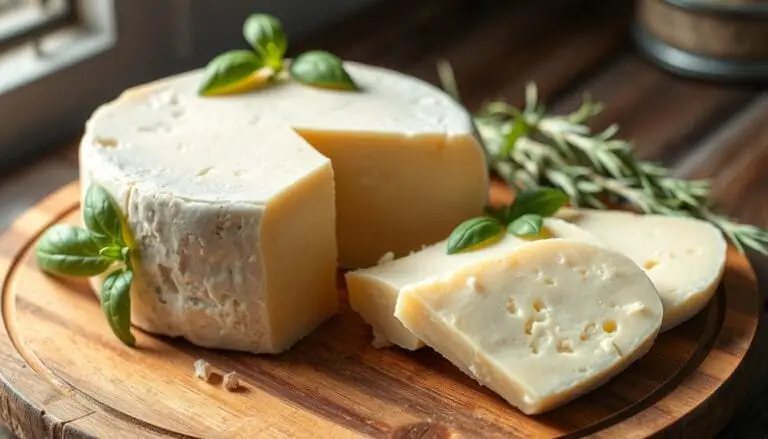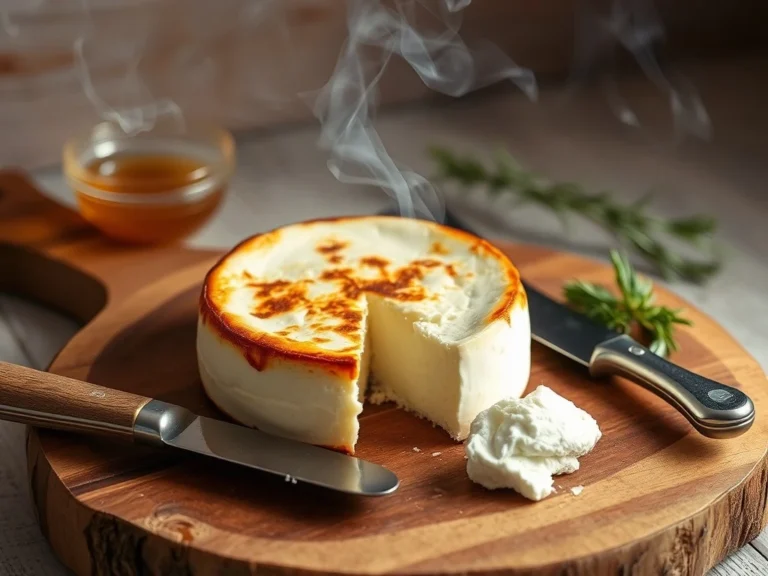The Unrivaled Guide to Romano Cheese: Types, Uses, and Pairings
Cheese lovers know there’s a world of flavor out there, and Romano cheese has rightfully earned its place as a favorite for foodies, home cooks, and culinary experts alike. This bold, tangy cheese is a staple in Italian cooking yet finds a home in international kitchens thanks to its distinct taste and versatility.
Whether you’re grating it atop a steaming plate of pasta or savoring it with a glass of wine, Romano cheese stands out as a true culinary treasure. This article dives into everything you need to know about Romano cheese, from its history to pairing suggestions, stellar recipes, and even tips to enhance your experience.
Table of Contents
A Brief History of Romano Cheese
Romano cheese’s rich history stretches back to ancient Rome, where it was a pantry staple for soldiers and citizens alike. Named after the city itself, the cheese has maintained its importance in Italian cuisine throughout the centuries. Its bold, salty flavor and firm texture have made it a beloved addition to dishes requiring a punch of umami.
Today, Romano cheese is produced across various regions in Italy and beyond, each bringing its unique twist to this historical ingredient. Pecorino Romano, often referred to as the quintessential Romano cheese, is revered globally—but as we’ll see, there are many variations worth exploring.
Types of Romano Cheese
Romano cheese isn’t a one-flavor-fits-all ingredient. There is an impressive diversity within this cheese family, and knowing the different varieties can elevate your cooking.
1. Pecorino Romano
By far the most famous variety, Pecorino Romano is made from sheep’s milk. It’s aged for at least eight months, resulting in a sharp, tangy flavor with a crumbly texture. Perfect for pasta dishes like Cacio e Pepe or Carbonara, Pecorino Romano is the pinnacle of Roman cuisine.
2. Vacche Rosse Romano
A lesser-known but equally delightful variety, Vacche Rosse Romano is crafted using milk from heritage red cows (“Vacche Rosse”) in northern Italy. It features a slightly milder taste but maintains the nutty undertones and firm texture that cheese enthusiasts adore.
3. Caprino Romano
Made using goat’s milk, Caprino Romano boasts a unique tanginess. It’s an excellent choice for those who enjoy a sharper flavor or are exploring non-cow milk-based cheeses.
4. Mixed-Milk Romano
This variety blends milk from cows, sheep, or goats. The combination creates a balanced flavor profile, making it a versatile option for various dishes.
5. Domestic Romano Cheeses
Outside of Italy, Romano cheeses are often produced using cow’s milk and are less pungent. They offer an accessible introduction to the cheese and can work well in everyday cooking.
Romano Cheese in Culinary Traditions
Romano cheese is a star ingredient in both traditional Italian and international cuisines. Its robust flavor makes it an unmatched addition to many dishes.
- Italian Staples: Think of classics like Cacio e Pepe, where Pecorino Romano creates a creamy, peppery sauce, or grated into soups and risottos for depth.
- International Cuisines: Romano cheese has transcended borders and found a place in American-style sauces, casseroles, and herb-crusted dishes. Its boldness pairs seamlessly with Mediterranean recipes featuring olives, tomatoes, and fresh herbs.

Health and Nutritional Benefits of Romano Cheese
Beyond its taste, Romano cheese boasts several health perks that make it an attractive choice for cheese lovers.
- Protein Powerhouse: Romano is packed with high-quality protein, making it a great addition to your meals for satiety and muscle building.
- Calcium-Rich: One serving delivers a generous dose of calcium, essential for maintaining strong bones and teeth.
- Vitamin Content: It’s a source of key vitamins like B12, which supports energy production and a healthy nervous system.
- Easy Digestion: Varieties like Pecorino Romano, made from sheep’s milk, are often easier to digest for those sensitive to cow’s milk.
(Nutritionist insight): “Romano cheese can be incorporated into a balanced diet as a flavor-enhancer, reducing the need for added salt or other seasonings,” shares registered dietitian Sarah Caldwell.
Tips for Buying and Storing Romano Cheese
To get the most out of your Romano cheese, choose high-quality pieces and store them properly.
- Selecting: Look for a firm texture and an ivory to pale yellow color. Authentic Pecorino Romano will have a DOP (Protected Designation of Origin) label.
- Storing: Wrap the cheese tightly in wax or parchment paper and store it in the fridge’s cheese drawer. Avoid using plastic wrap, as it restricts airflow and can affect the flavor.
Pro tip: If your cheese hardens, revive it by grating it into dishes—it’ll still pack a punch of flavor!
Romano Cheese Pairing Suggestions
Pairing Romano cheese with complementary foods and beverages can elevate your dining experience.
- Wines: A Chianti or Barolo pairs beautifully with Pecorino Romano’s sharpness. For a sweeter twist, try a Prosecco.
(Wine Expert’s Take): “Aged Pecorino Romano works wonders with a glass of full-bodied red wine, as both bring out each other’s complexities,” notes sommelier Luca Bianchi.
- Breads: Pair with rustic sourdough or crisp crostini brushed with olive oil for a delightful bite.
- Fruits and Nuts: Enhance the cheese’s savory notes with dried figs, pears, or walnuts.

Recipes Featuring Romano Cheese
Try these simple yet delicious recipes to explore Romano cheese’s versatility.
1. Cacio e Pepe
A classic Roman pasta dish using Pecorino Romano and freshly ground pepper. This recipe highlights the creamy, luscious sauce formed by combining grated Romano cheese with starchy pasta water.
2. Romano Crusted Chicken
Add a twist to your weekday dinners with chicken breasts coated in Romano cheese, herbs, and breadcrumbs.
3. Romano Cheese Salad Dressing
Whisk shredded Romano cheese with olive oil, lemon juice, and Dijon mustard for a zesty salad topper.
Why Romano Cheese Deserves a Spot in Your Kitchen
Romano cheese isn’t just an ingredient—it’s an experience. From its ancient beginnings in Rome to its prominent place in modern kitchens across the globe, this cheese has proven itself as a timeless favorite.
Now it’s over to you—grab some Romano cheese at your local deli and discover its magic in your meals. Share your favorite recipes with us on social media, and join the community of cheese lovers celebrating Romano’s bold flavor. Follow us for more tips, recipes, and inspiration to elevate your cooking every day!

